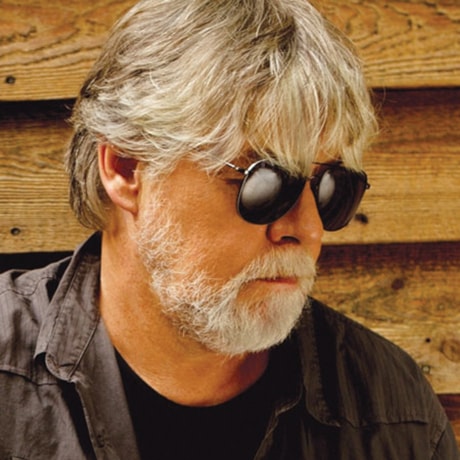Tom Weschler was a 15-year-old musician and band manager in Detroit when he first ran into Ed “Punch” Andrews, a local entertainment mogul, in 1965.
Andrews was managing up-and-coming Detroit rocker Bob Seger, and Weschler, who had saved his money from a car-wash job to buy a Nikon camera, asked if his band could play at a local club Andrews owned.
Through his association with Andrews, Weschler got a job as a roadie for Seger and eventually became the singer’s road manager and friend.
He was there when Seger scored his first regional hit, Heavy Music in 1967, and when Ramblin’ Gamblin’ Man made the national charts the following year.
It would be a crazy eight years filled with touring and performing before Seger scored another Top 40 hit (Night Moves in 1976), and by then Weschler had dropped off the road to pursue other endeavours, including raising a family.
But he had snapped photos every step of the way, and his inside view of Seger’s fabled early years has been documented in a new book, Traveling Man – On the Road and Behind the Scenes with Bob Seger (Wayne State University Press, $27.95), co-written with Detroit music writer Gary Graff.
How many photos did he sort through before settling on the 200 included in Traveling Man?
“Oh my goodness, I had 40,000 of Seger among my 260,000 photos,” Weschler said in an interview.
He said he “lucked out” a few years ago by signing a deal with an online music-photo firm, Backstage Gallery, that scanned all of his photos at the highest resolution.
Having his photos – almost all taken with Kodak Tri-X film – converted from prints and negatives into digital format enabled him to sort through his massive collection more efficiently.
There are photos of Seger and band members recording in the studio, practising at concert sound checks, hanging out at a farm they rented in Rochester, Mich., playing baseball, signing autographs, and, of course, in the spotlight live on stage.
There are pictures of Seger posing backstage with Bruce Springsteen and Tom Petty, and there is no shortage of women in Weschler’s collection.
He makes it clear in his memoir and in the interview that one of the main reasons he was drawn to Seger and the rock scene, especially as a shy teenager, was to meet girls.
“I concentrated on the girls a lot. And there was always plenty of great music and lots of girls whenever Bob was around,” he said.
He said he shot a Led Zeppelin concert in Chicago in July 1969, and took 50 photos of girls in the crowd for every shot of Zeppelin on stage.
“People say you missed most of the show, but if you saw the girls in the photos you’d know it was worth it,” Weschler said with a laugh.
Now 60, he said he and Seger are both movie buffs, and one of his jobs while serving as road manager was to find out what films were playing in the local theatres.
“That was one of his favourite things. Instead of trashing hotel rooms, we’d go to a movie,” he said.
When he first met Seger, he knew right away that the singer had something special.
“The voice, man, that was it, right out of the box. There were good bands in Detroit, and some were better than his bands as far as playing, but nobody could sing better than the ramblin’ gamblin’ man. He’s the best,” he said.
The book project came about after Weschler had gathered some photos for a gallery exhibit in 2002. Graff, who has been covering the Detroit music scene since 1982, saw the potential for a book.
At first, the two planned to publish a book with a cross-section of rock bands and artists that Weschler had shot. But Graff soon realized that the one thing Weschler had that was unique was an inside look at Seger’s early years.
He said Seger, who turned 64 this year and was inducted into the Rock and Roll Hall of Fame in 2004, is the prime example of Midwestern rock and roll.
“Not to take away from John Mellencamp or Michael Stanley or any other great Midwest rockers, but I think Seger’s the heart of what we call heartland rock,” Graff said. “Bob is a guy who wears things on his sleeve. He does not write in flowery language. He’s not a guy who uses a lot of metaphor or gets particularly arcane with his lyrics.
David Yonke writes for the Toledo Blade newspaper.
